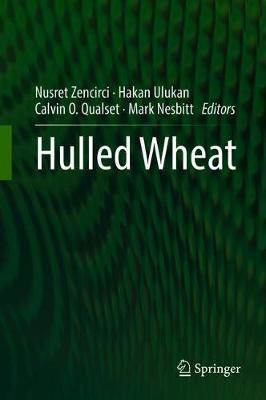Wheat (Triticum L.) is an annual herbaceous plant in the Poacae (Gramineae) family and settles in the Triticeae (Hordeae) subfamily. It is of great ethnobotanical importance. Other cereal crops such as maize, rice, barley, and millet are also domesticated from this family. Together they constitute the most economically important plant family in modern times, providing food, forage, building materials (bamboo, thatch), and fuel (ethanol) to support a diverse range of human activities. In recent years, however, due to the awareness of gluten in wheat-based diet, there has been a rise in interest in its wild relatives and landraces as new resources for consumption. Accordingly, crop scientists have also begun to reexamine the origin, evolution, and unique characteristics of cultured and non-cultured hulled wheats. Although hulled wheats, which include einkorn, emmer, wild emmer, spelta, macha, and vavilovii, are still grown in limited quantities on the higher areas of Turkey, Italy, Germany, Morocco, Israel, and Balkan countries, they have been sought after for their health promoting effects. However, despite the newfound popularity of hulled wheats in the lay communities, there lacks a critically reviewed resource for the researchers and professionals who wish to further develop these crop species.
In this book, we provide an overview of hulled wheats with special attention to genetic diversities, conservation, and applications.
- ISBN13 9783319998039
- Publish Date 23 October 2020
- Publish Status Cancelled
- Publish Country CH
- Imprint Springer International Publishing AG
- Edition 1st ed. 2018
- Format Hardcover
- Pages 249
- Language English
